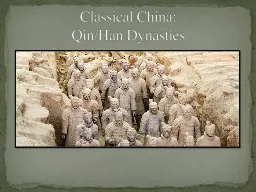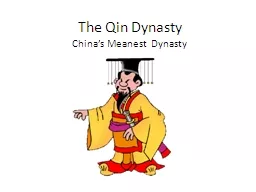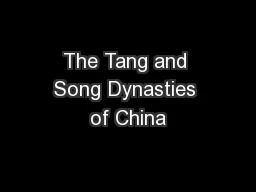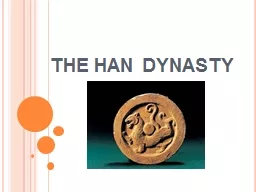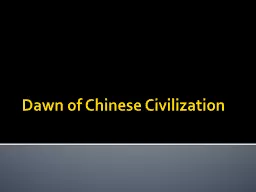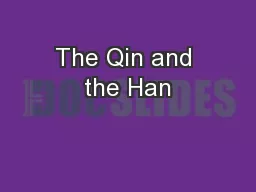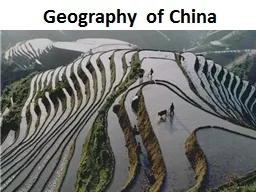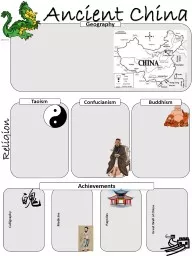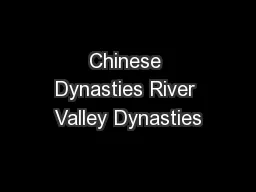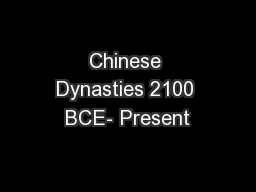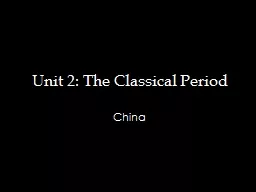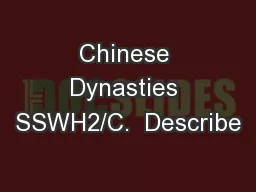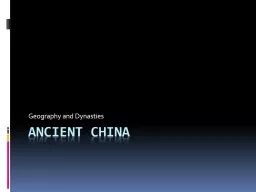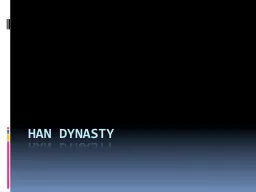PPT-Classical China: Qin/Han Dynasties
Author : kittie-lecroy | Published Date : 2018-03-19
Shang Zhou Warring States Qin Han Sui Tang Song Yuan Ming Qing Republic Mao Zedong Chinese Dynasties Smelly zebras will quit having smoothies Then sometimes you
Presentation Embed Code
Download Presentation
Download Presentation The PPT/PDF document "Classical China: Qin/Han Dynasties" is the property of its rightful owner. Permission is granted to download and print the materials on this website for personal, non-commercial use only, and to display it on your personal computer provided you do not modify the materials and that you retain all copyright notices contained in the materials. By downloading content from our website, you accept the terms of this agreement.
Classical China: Qin/Han Dynasties: Transcript
Download Rules Of Document
"Classical China: Qin/Han Dynasties"The content belongs to its owner. You may download and print it for personal use, without modification, and keep all copyright notices. By downloading, you agree to these terms.
Related Documents

